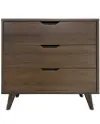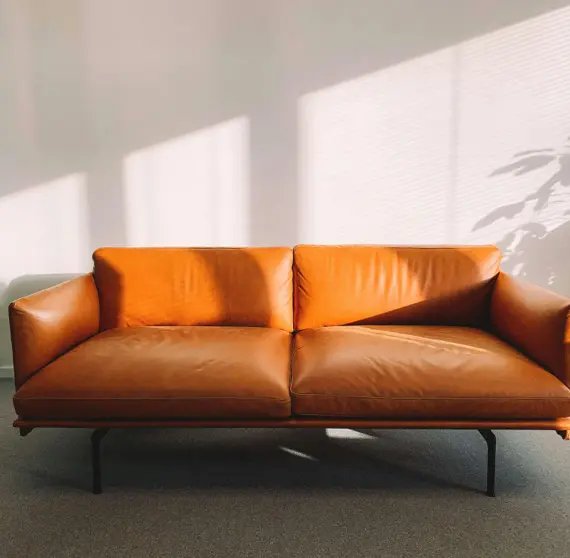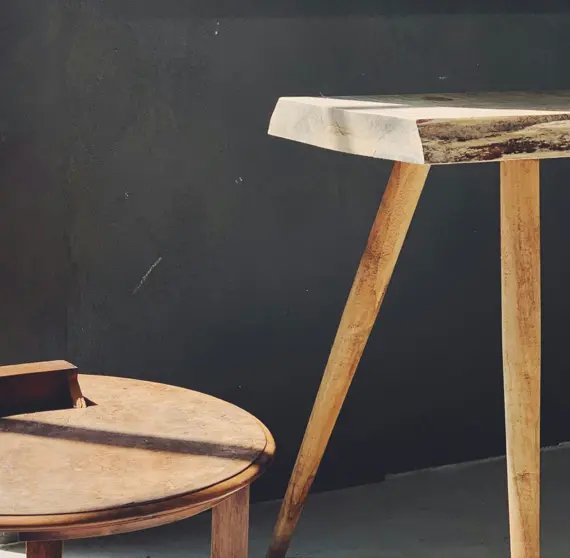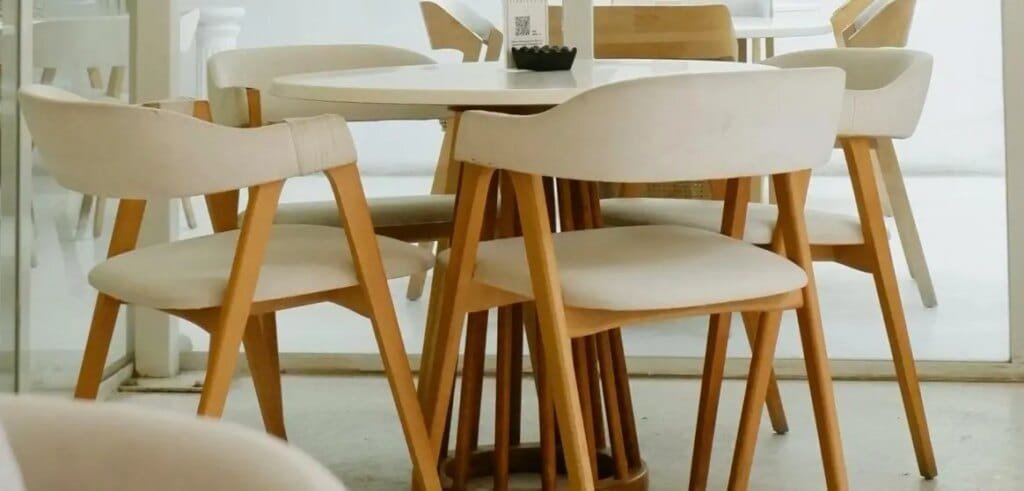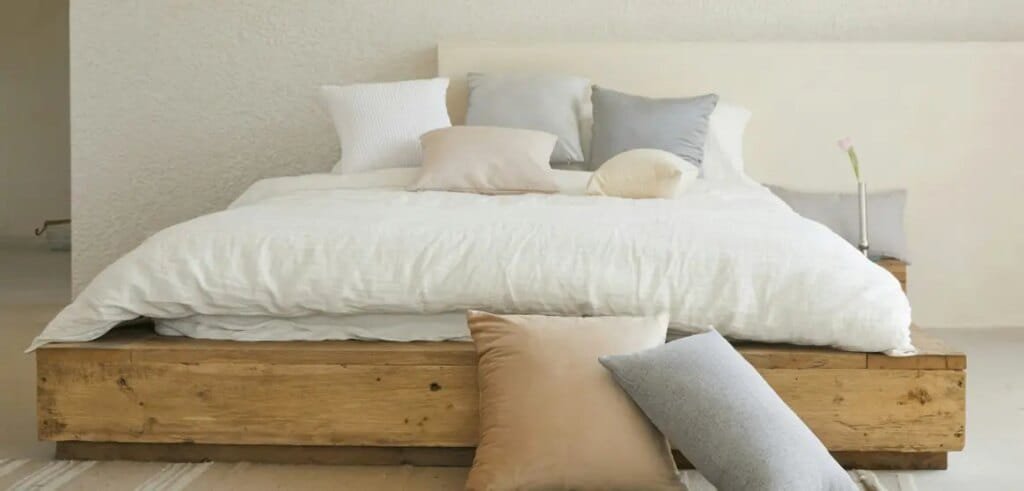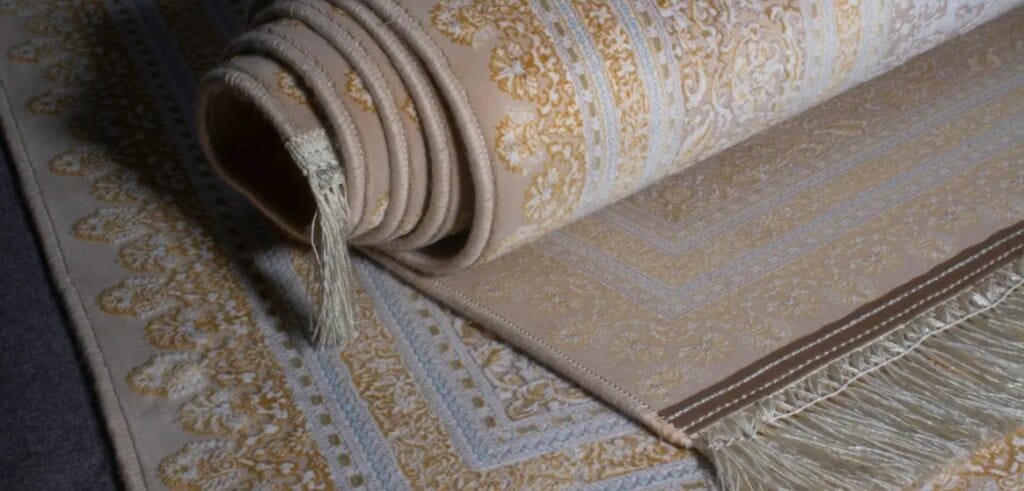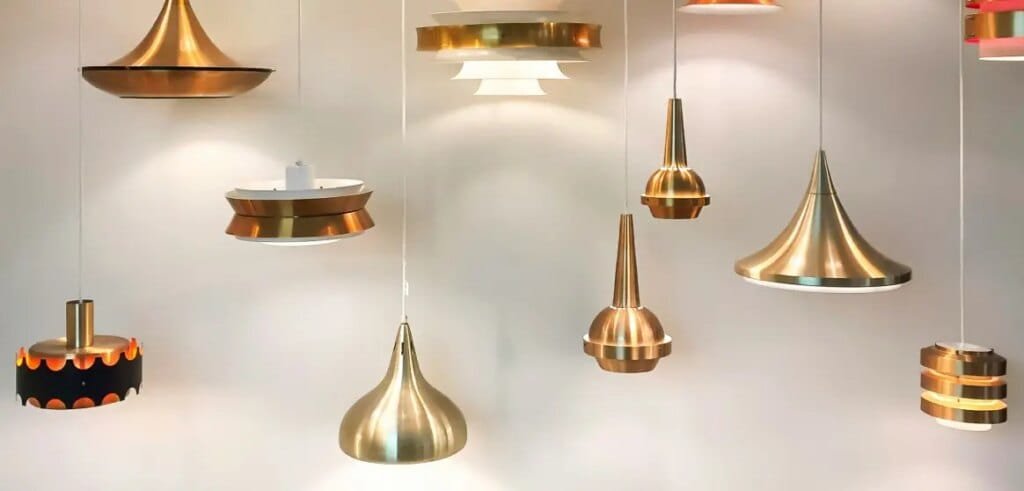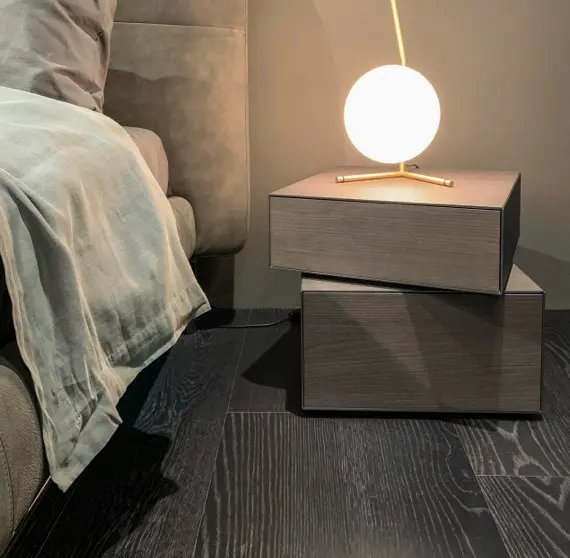Understanding Moroccan Design Elements
Moroccan interior design is characterized by its vibrant colors, intricate patterns, and unique textures that reflect the rich cultural heritage of Morocco. Central to this design style is the use of rich color palettes, which often include deep reds, vivid oranges, and bold blues. These hues create an inviting and warm atmosphere, making any living space feel both lively and comfortable. The selection of colors in Moroccan design is not just aesthetic; it also symbolizes different cultural meanings and adds emotional depth to the environment.
Another prominent feature of Moroccan design is the use of intricate patterns, typically found in textiles, ceramics, and mosaics. These designs are often geometric or floral, showcasing the skilled craftsmanship that is integral to Moroccan culture. Zellige tiles, for instance, are a hallmark of Moroccan decor, formed from hand-cut ceramic pieces that feature elaborate patterns. The artistry involved in crafting these tiles demonstrates the importance of attention to detail in Moroccan interiors, allowing them to serve as focal points within a room.
Additionally, the textures present in a Moroccan-inspired living room can profoundly enhance its overall appeal. Materials such as plasterwork can be used to adorn walls, while richly woven textiles contribute to the room’s overall warmth and comfort. Soft rugs, vibrant cushions, and layered throws add tactile elements that invite relaxation. Traditional ottomans and low seating arrangements often encourage social interaction, which is a vital aspect of Moroccan culture. By seamlessly integrating these design elements, one can create a cohesive and eclectic atmosphere that embodies the essence of Moroccan style.
Ultimately, understanding Moroccan design elements helps in crafting a space that is not only visually stunning but also rich in cultural significance. The harmonious blend of colors, patterns, materials, and textures lends itself to a distinctive ambiance, making Moroccan-inspired living rooms both unique and compelling.
Color Palette and Lighting Choices
The color palette of a Moroccan-inspired living room is a key element that encapsulates the essence of this rich and diverse culture. Generally, it showcases a vibrant array of jewel tones such as deep blues, radiant reds, and lush greens. These hues not only add an element of luxury but also create a striking visual impact when juxtaposed against earthy hues like terracotta, saffron, and warm browns. The bold contrasts between these colors can be layered within textiles, wall art, and decorative elements, making the space feel both inviting and dynamic.
When selecting a color scheme, consider incorporating fabrics with intricate patterns that reflect traditional Moroccan designs, such as geometric shapes and floral motifs. These elements can be utilized in upholstery, cushions, or even area rugs to amplify the theme. It is advisable to start with a dominant color, about two or three accent colors, and elements of neutral tones to balance the vivid palette effectively. This approach not only evokes the Moroccan vibe but also provides versatility in matching accessories as desired.
In terms of lighting, Moroccan homes are noted for their distinctive use of lanterns and sconces, often made from intricately patterned metalwork. Such lighting fixtures cast captivating shadows that enhance the overall ambiance of the living room. To achieve this effect, strategically place these lanterns in key locations around the room. In addition, maximizing natural light is crucial in this setting; consider using sheer curtains that allow sunlight to filter through while creating a soft glow. Incorporating mirrors can further amplify light throughout the space, making it feel larger and more expansive. Through thoughtful color choices and effective lighting design, one can create a living room that is both evocative of Moroccan culture and reflective of personal style.
Furnishing the Moroccan Living Room
In designing a Moroccan-inspired living room, choosing the right furniture is crucial to creating an authentic and vibrant atmosphere. Central to Moroccan décor is a low seating arrangement, which encourages relaxation and social interaction. Traditional pieces like floor cushions or Poufs, often made from colorful fabrics adorned with intricate patterns, serve both functional and aesthetic purposes. These seating options provide flexibility in arrangement, allowing for reconfiguration to accommodate gatherings or quiet evenings alike.
Ottomans are another quintessential element in a Moroccan living room. They are not only versatile as seating but also as tables for serving refreshments. These pieces often feature ornate details and can be sourced in a variety of leather, fabric, and metal finishes. Their ability to combine beauty and functionality makes them a perfect addition to evoke the essence of Moroccan interiors, promoting an inviting ambiance.
In addition to soft furnishings, intricately carved wooden furniture is indispensable in establishing a Moroccan aesthetic. Tables, chairs, and cabinets made of rich woods—often adorned with arabesque designs—add a touch of elegance and authenticity. Such craftsmanship reflects the region’s artistic heritage and serves to bring warmth to the space. They also provide practical storage solutions while amplifying the character of the living room.
Textiles play a fundamental role in enhancing the vibrancy of a Moroccan living room. Layering rugs, particularly kilims or Berber designs, grounds the space, while soft cushions contribute to comfort and color. Opting for pieces that incorporate a rich palette of reds, blues, and golds can transform the room into a cozy retreat. When thoughtfully curated, the combination of furniture and textiles is instrumental in crafting a cohesive and inviting setting that exemplifies Moroccan charm.
Accessorizing with Moroccan Flair
Accessorizing a living room in the Moroccan style involves selecting decorative elements that reflect the rich cultural heritage and vibrant aesthetics associated with Moroccan design. One of the key components is handmade pottery. These unique pieces often feature intricate patterns and bold colors, making them excellent options for both decorative displays and practical uses, such as serving dishes or planters.
Another essential accessory is vintage glass lanterns, often adorned with intricate cut patterns that create stunning light effects when illuminated. These lanterns can be hung from ceilings, placed on tables, or used as focal points within the room to evoke an authentic Moroccan atmosphere. When selecting lanterns, consider varying sizes and shapes to create visual interest, while coordinating colors to enhance the overall palette of the living room.
Lush plants also play a significant role in accessorizing a Moroccan-inspired space. Incorporating greenery not only brings life to the room but also adds texture and warmth. Plants such as palms, succulents, or flowering species can be placed in decorative pots that complement the overall design aesthetic. An ideal arrangement might involve a cluster of varied heights and types of plants to create depth, balancing natural elements with vibrant decorative accents.
Artwork featuring geometric designs and traditional motifs is another vital component of Moroccan interiors. Look for wall art that highlights intricate tile patterns or henna-inspired images that resonate with the cultural roots of Morocco. Layering artwork with mirrors can enhance light and give the illusion of more space, which is especially helpful in smaller living areas.
Ultimately, accessorizing a Moroccan living room should reflect personal style while remaining true to the vibrant spirit of Moroccan design. By thoughtfully curating handmade items, glass lanterns, lush plants, and eye-catching artwork, homeowners can create a cohesive space that is both inviting and visually captivating.




